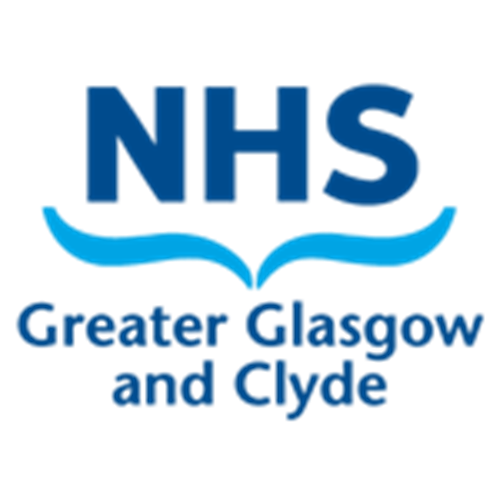Deepest pool between 2 to 8 cms.
Amniotic Fluid Volume Assessment (500)

Warning
| Please report any inaccuracies or issues with this guideline using our online form |
Amniotic fluid volume is an important parameter in the assessment of fetal well being. Oligohydramnios and polyhydramnios are rare. When extremes of amniotic fluid volume are reported this is likely to lead to further investigations and a cascade of interventions.
When assessment of liquor volume is requested the following method of evaluation should be employed
- Global subjective assessment of amniotic fluid volume as a guide.
- Formal objective assessment of amniotic fluid by the measurement of a single vertical pool. This must be at least 1cm wide and contain no cord loops.
- Determine whether normal, oligohydramnios or polyhydramnios as described below. DVP appears to perform better in the assessment of amniotic fluid volume during fetal surveillance since the use of amniotic fluid index increases the rate of diagnosis of olighydramnios and induction of labour without any improvement in perinatal outcome.